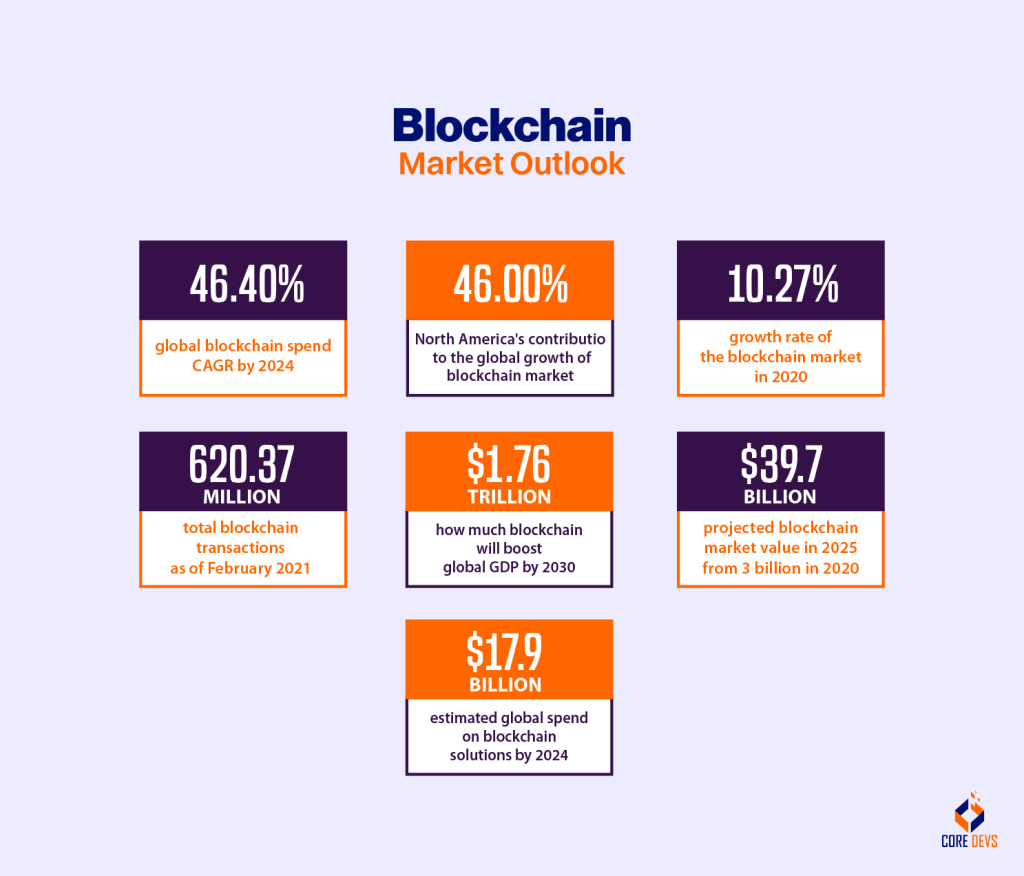The China Factor: Obstacles And Opportunities For BMW, Porsche, And Other Automakers

Table of Contents
Navigating the Regulatory Landscape in China
The Chinese automotive regulatory landscape is notoriously complex, posing significant hurdles for international automakers. Successfully navigating this environment requires careful planning and strategic adaptation. Key challenges include:
-
High Import Duties: Substantial import tariffs significantly increase the manufacturing costs of imported vehicles, impacting pricing strategies and profitability. This makes it challenging for foreign brands to compete on price with domestically produced cars.
-
Stringent Emission Standards and NEV Mandates: China is aggressively pushing for electric vehicle (EV) adoption through increasingly stringent emission regulations and New Energy Vehicle (NEV) mandates. These regulations require automakers to produce a certain percentage of EVs or face penalties. This necessitates significant investment in EV technology and infrastructure.
-
Local Content Requirements: Rules mandating a certain percentage of locally sourced components favor domestic partnerships and manufacturing. This often necessitates joint ventures with Chinese companies, adding another layer of complexity to operations.
-
Bureaucratic Hurdles and Lengthy Approval Processes: Obtaining the necessary licenses and approvals can be a lengthy and cumbersome process, further increasing the time and cost associated with entering or expanding in the Chinese market.
These regulations significantly impact pricing strategies, manufacturing decisions, and overall profitability for international automakers. A deep understanding of the constantly evolving regulatory framework is crucial for success.
Intense Competition from Domestic Chinese Automakers
The Chinese automotive market is witnessing the rise of powerful domestic brands like BYD, NIO, and Xpeng. These companies are rapidly gaining market share, challenging established international players with several key advantages:
-
Aggressive Pricing Strategies: Domestic brands often offer competitive pricing, leveraging economies of scale and government support to undercut foreign competitors.
-
Features Tailored to Local Preferences: Chinese automakers possess a deep understanding of local consumer preferences, designing vehicles that cater specifically to these demands. This includes features and functionalities highly valued by Chinese consumers.
-
Technological Innovation: Chinese companies are actively investing in technological innovation, particularly in electric vehicles (EVs), autonomous driving, and connected car technologies. This allows them to compete on features and technology with more established brands.
-
Government Subsidies and Incentives: The Chinese government provides substantial subsidies and incentives to domestic automakers, further strengthening their competitive position.
International brands are responding to this intense competition through innovation, localization, and strategic partnerships. They are increasingly focusing on developing vehicles tailored to the specific needs and preferences of the Chinese market while simultaneously leveraging their brand prestige and global expertise.
Understanding the Evolving Chinese Consumer
The Chinese consumer market is highly dynamic and diverse, demanding a nuanced understanding of evolving preferences. Key trends include:
-
Growing Demand for Luxury Vehicles and Premium Features: Chinese consumers increasingly value luxury vehicles and premium features, signaling a shift towards higher-end models and personalized experiences.
-
Strong Preference for Technological Advancements: Consumers in China prioritize technological advancements, such as connected cars, advanced driver-assistance systems (ADAS), and autonomous driving features.
-
Increasing Environmental Awareness and Demand for EVs: A growing awareness of environmental issues is driving demand for electric vehicles (EVs) and hybrid models, aligning with the government's push towards greener transportation.
-
Emphasis on Brand Image and Social Status: Brand image and social status remain significant factors influencing purchase decisions, highlighting the importance of effective marketing and brand building.
BMW, Porsche, and other international brands are adapting their marketing and product offerings accordingly. This includes leveraging digital marketing strategies, enhancing social media engagement, and building strong relationships with key influencers.
Opportunities for Growth in the Chinese Market
Despite the challenges, the Chinese automotive market presents immense opportunities for growth:
-
Massive Market Size and Increasing Purchasing Power: China's enormous population and rapidly expanding middle class represent a huge potential customer base with significant purchasing power.
-
Growth of the Electric Vehicle (EV) Sector: The EV sector is experiencing explosive growth, driven by government support and increasing consumer demand, offering considerable opportunities for automakers with strong EV offerings.
-
Opportunities in Connected Car Technologies and Autonomous Driving: The development and adoption of connected car technologies and autonomous driving features present significant potential for innovation and market expansion.
-
Potential for Strategic Partnerships: Collaborating with Chinese companies can provide access to local expertise, manufacturing capabilities, and distribution networks, significantly boosting market penetration.
International automakers are capitalizing on these opportunities through strategic partnerships, localization initiatives, and the development of innovative products tailored to the Chinese market. Successful joint ventures and localized manufacturing demonstrate effective strategies for market penetration and growth.
Conclusion:
The "China factor" presents a complex but potentially rewarding landscape for automakers like BMW and Porsche. While navigating regulatory hurdles and intense domestic competition poses significant challenges, the sheer size of the market and the evolving preferences of Chinese consumers create unprecedented opportunities for growth. Successfully understanding and adapting to the unique aspects of this market—the regulatory environment, the competitive landscape, and evolving consumer demands—is key to long-term success. To thrive in China, international automakers must embrace localization, innovation, and strategic partnerships to effectively capitalize on the immense potential of this dynamic market. Mastering the "China factor" is no longer optional; it's essential for survival and growth in the global automotive industry.

Featured Posts
-
 Chinas Export Dependence Vulnerability To Tariff Hikes
Apr 22, 2025
Chinas Export Dependence Vulnerability To Tariff Hikes
Apr 22, 2025 -
 A Compassionate Papacy Ends Remembering Pope Francis
Apr 22, 2025
A Compassionate Papacy Ends Remembering Pope Francis
Apr 22, 2025 -
 Assessing The Impact Of Trumps Trade Actions On Us Financial Primacy
Apr 22, 2025
Assessing The Impact Of Trumps Trade Actions On Us Financial Primacy
Apr 22, 2025 -
 Blockchain Analytics Leader Chainalysis Integrates Ai Through Alterya Purchase
Apr 22, 2025
Blockchain Analytics Leader Chainalysis Integrates Ai Through Alterya Purchase
Apr 22, 2025 -
 Kyivs Dilemma Responding To Trumps Plan To End The Ukraine War
Apr 22, 2025
Kyivs Dilemma Responding To Trumps Plan To End The Ukraine War
Apr 22, 2025
